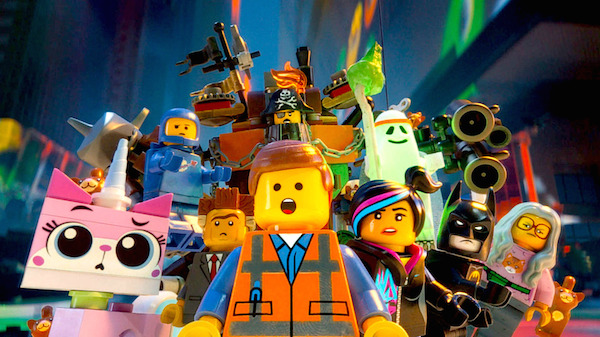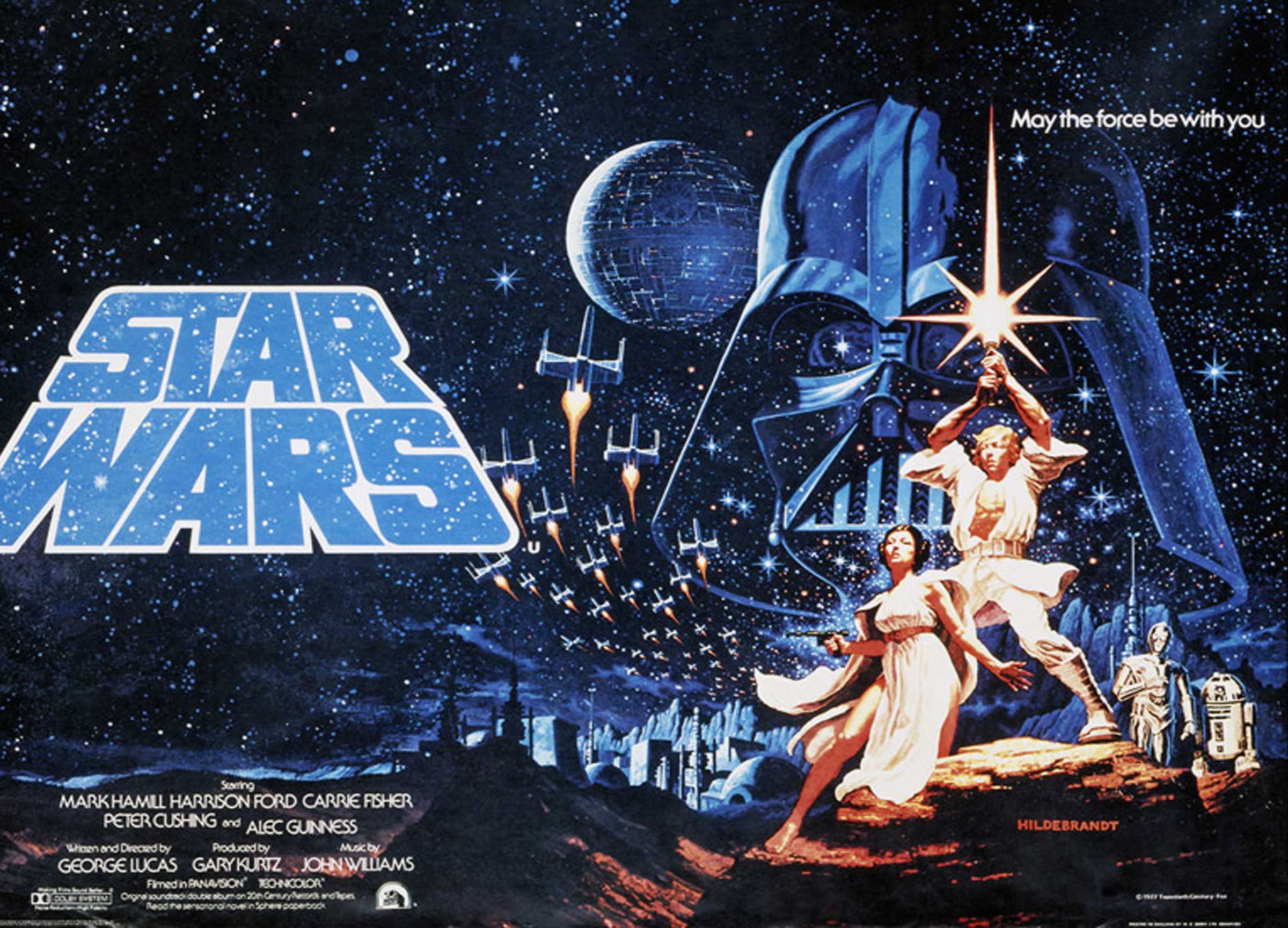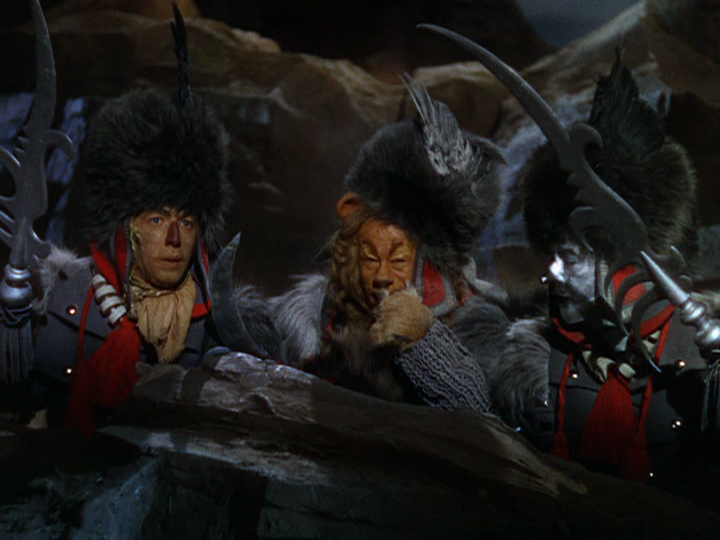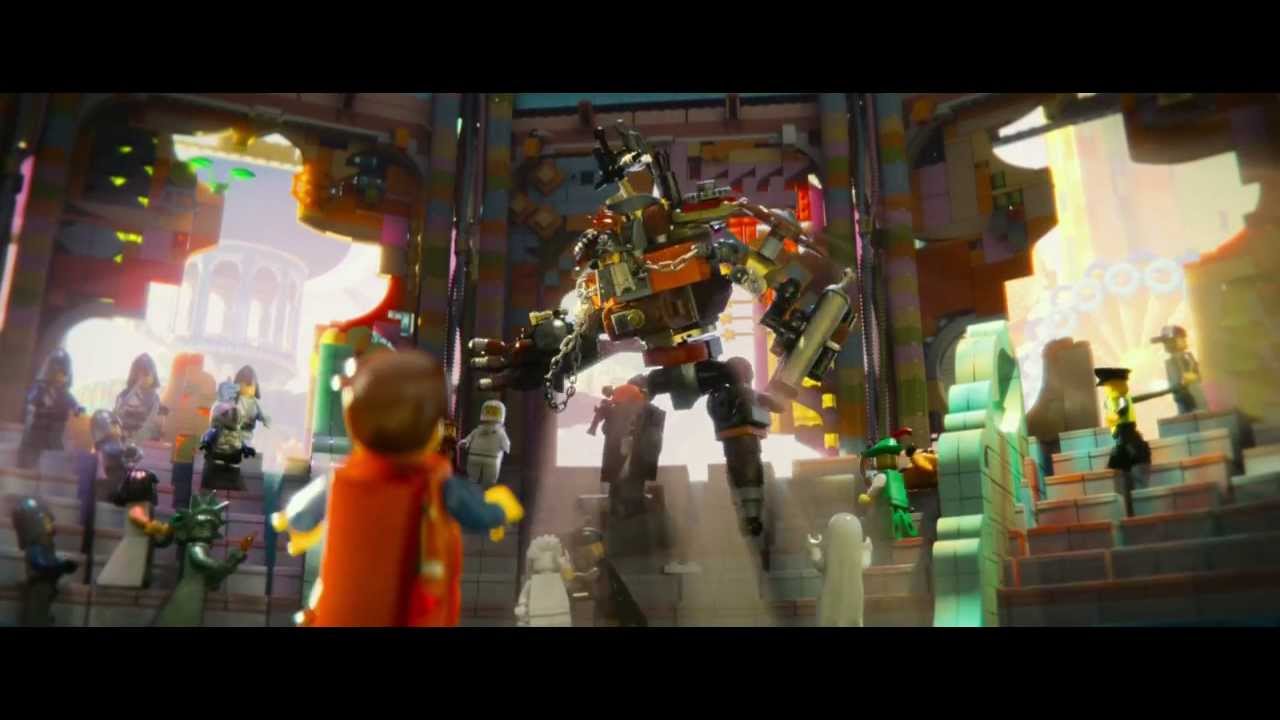Objectively speaking, making a movie off of the Lego brand was a terrible idea. If even film adaptations of set universes within toy sales, such as Transformers or Battleship, had failed so miserably, what chance did a film basing itself on a brand have?
It felt miscalculated and heavy-handed, destined to result in a film that was little more than a blindingly egregious two-hour commercial advertising an entire brand of toys for children to buy.
And then, I saw The Lego Movie. It wasn’t horrendous trash, it wasn’t just fine, it wasn’t even just good, it was a flat-out masterpiece. It was hysterical, emotionally poignant, and kind of everything that a great film should be and more. But by far the most mesmerizing part of The Lego Movie was how it brilliantly tells one of the greatest stories about screenwriting since Kauffman’s Adaptation and weaves it effortlessly into a two-hour kids commercial.

The Lego Movie tells the story of Emmet Brickowski. Emmet is a normal guy, living his normal life, working his normal job, when all of a sudden he gets swept up into a story much bigger than himself. When Wyldstyle comes to the construction site where he works looking for a long-lost artifact, the Piece of Resistance, Emmet follows her and winds up accidentally stumbling upon the Piece himself.
This results in Emmet awaking with the piece glued to his back and with Wyldstyle believing him to be ‘the Special’, a master builder who has long been prophesized to be the “most talented, most interesting, and most extraordinary person in the universe” and the one who can save the universe from destruction.
It’s a pretty cut-and-dry slice of Joseph Campbell’s The Hero’s Journey along with a fair share of the ‘chosen one’ archetype. The Hero’s Journey has been used as the definitive storytelling template for decades, famously utilized in everything from J.R.R. Tolkien’s Lord of the Rings to George Lucas’ Star Wars. It chronicles, beat-by-beat, the steps of a journey a hero must travel, going from average man to hero over the course of the story. Meanwhile, the ‘chosen one’ archetype is a more modern trope of storytelling, only really coming to prominence in the mid-90s through its use in stories like J.K. Rowling’s Harry Potter and George Lucas’ Star Wars prequels. This trope’s power comes from establishing the hero as less of an every-man, and more of a character who has been fated to be the hero for their whole lives.

The Lego Movie mixes and matches these two to get a fairly standard first act, in which Emmet gets whisked away from his small individual life into something much larger. But in most cases (Lord of the Rings, Harry Potter, and Star Wars included) the protagonist starts out as an every-man, but along the way discovers that they have unique abilities befitting of a hero that have been with them all along.
Emmet does not make any such discovery. He has no power that’s long been stored inside of him, his brain is a vast and empty wasteland, he can’t fight, and the only original thought he’s ever had is that he’d like to own a double-decker sofa. And brilliantly, The Lego Movie makes this his strength.
As Wyldstyle informs Emmet, President Business grew to power by putting rules in place in the universe where there once none. He put up walls between the different worlds and organized each piece to meticulously fit alongside one another for the best potential presentation. The remaining master builders all went into hiding, using secret tunnels between the worlds to escape President Business, and attempting to stop him at every turn.
But they were all continuously unsuccessful. In fact, it’s only when Emmet steps up to deliver a plan so basic and so boring that none of the master builders are interested that they are actually able to launch a successful attack on President Business. And this is precisely because he’s normal.

The master builders in The Lego Movie are metaphors for classically-trained screenwriters. They perform an act, building, that is part creativity and part blueprint. Their greatest power is the ability to take disparate and ancillary pieces and put them together in a formulaic fashion to create an intended result. And notably, all of the master builders here have their own very unique and established niche which they refuse to differ from. Wyldstyle chases an aesthetic so vigorously that she changes her name and refuses to even consider admitting that a song like Everything Is Awesome is even remotely catchy. Batman builds exclusive in black, dark grey, and occasionally yellow and wants everything to be dark and brooding. Unikitty only builds in bright, bombastic colors and won’t allow sadness to infiltrate her thoughts for even a moment without completely losing her temper.
And when Emmet shows up and begins to make suggestions, they all scoff at him. He isn’t a master builder, he doesn’t have the proper training and doesn’t even seem to have a comprehensive grasp on how to construct. Yet, it is Emmet and his unabashedly average tastes that allow them to succeed. He can think of and build things normal enough to infiltrate President Business’ layer without being noticed, whereas every master builder can’t let go of their own respective niche for long enough to infiltrate the system.
Emmet correctly points out that the only way to successfully infiltrate President Business’ office is to do the one thing he’d never expect master builders to do; “follow the instructions”. Emmet’s plan is basic and the kind of thing that filmgoers have undoubtedly seen countless times before in films like The Wizard of Oz or Star Wars, and that’s exactly the point.

Earlier in the film, Batman and Wyldstlye play Emmet some of the music they make and refer to it as “real art”. And their definition of real art is suitably dark and brooding, but it’s also without recognizable form. Its noise and disgruntled musings from Batman, which is indicative of how the master builders think as a whole.
They feel as if they’ve evolved beyond traditional form or building, beyond the need to follow the instructions. And so when Business comes and separates each respective world, each respective genre and archetype into its own world and forces them to stay there, they have no way of escaping. They feel as though they cannot properly create with all these restrictions, but as Emmet shows them, sometimes the best way to express creative freedom is through adhering to the rules.
The Lego Movie follows a clear-cut three-act structure, Joseph Campbell’s The Hero’s Journey, and is indeed a two-hour commercial for a toy brand. But it is only through adhering to these rules of both screenwriting and business that a film this insane can even exist. Because The Lego Movie is anything but generic.

And at the end of the film, Emmet is able to help inspire countless other untrained minds to build. And simply through their acts of creation, they make the universe a better place. Because screenwriting may feel like a science at times, but it’s an art. Everyone can tell stories and everyone should because it’s only through telling stories that we can all collectively improve our universe. Whether they’re classically trained to see the moving pieces inside the machinery, ala the master builders, or are just average people who want to tell a story, ala Emmet and the rest of the citizens, everyone has the freedom to be a storyteller.
The Lego Movie teaches viewers a host of lessons about screenwriting. It teaches that the best way to infiltrate big business is to follow the instructions. It teaches that sometimes the only way to successfully express yourself is to work together as a team to create a greater whole. And it teaches the most powerful lesson of all; no one should ever be afraid or ashamed to create.